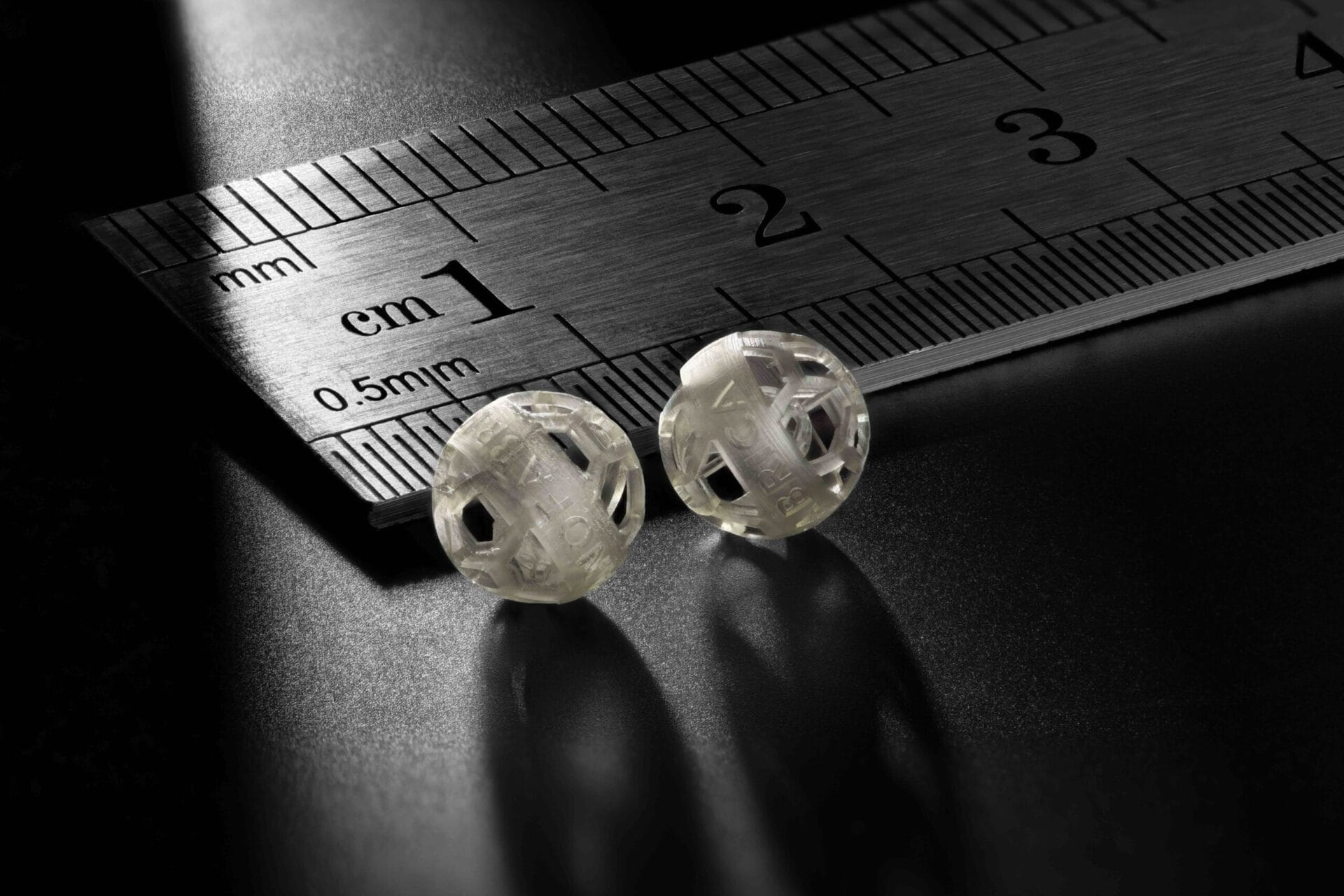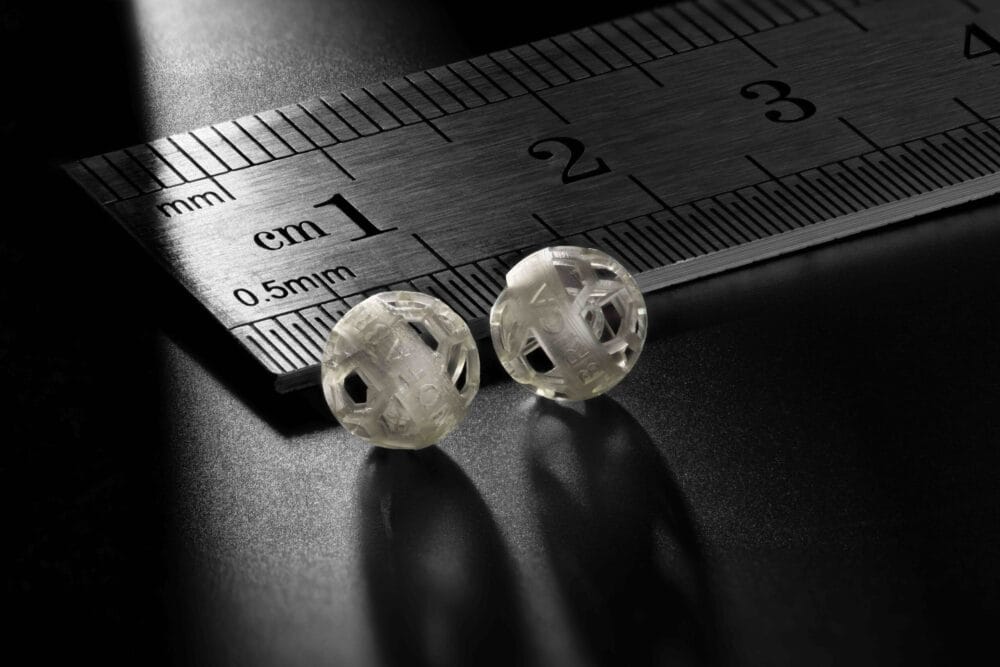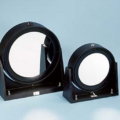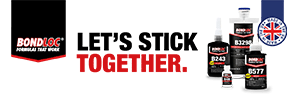Nano Dimension Ltd. (Nasdaq: NNDM) (“Nano Dimension” or the “Company”), a leading supplier of Additively Manufactured Electronics and multi-dimensional polymer, metal & ceramic Additive Manufacturing 3D printers, today announced that its Additive Manufacturing (“AM”) group has expanded its Micro-Additive Manufacturing (“Micro-AM”) product line with a broader range of systems for various customer needs.
Nano Dimension’s Tera 250 Micro-AM solution has been providing the benefits of AM to the micro manufacturing community and helping companies develop innovative products with micron tolerances for some time.
Building on this success, and in response to the burgeoning demand from companies demanding innovative, speedy, and cost effective precision part development, the Company has recently announced an expanded additive manufacturing product line with a new range of Fabrica Micro-AM solutions with several additional systems known as the Tera 25, the Giga 250, and the Giga 25.
Ziki Peled, President EMEA at Nano Dimension shared: “Nano Dimension is responding to an exponential interest from industry, and our Fabrica range of Micro-AM solutions have been developed as compelling solutions for industries seeking precise and efficient micro manufacturing processes. With the ability to create intricate structures and components on a micron scale, micro AM offers unparalleled design freedom and complexity, enabling the production of highly customized and optimized parts. This technology minimizes material waste and reduces the need for assembly by fabricating complex geometries in a single build, leading to improved overall efficiency. Industries such as electronics, medical devices, aerospace, and automotive are finding immense value in Micro-AM which is poised to play a pivotal role in driving innovation, cost-effectiveness, and competitiveness across various sectors in today’s rapidly evolving industrial landscape. Our suite of alternative micro AM solutions now allows us to meet the full range of strategic and application-specific customer requirements.”
The key difference between the Tera and Giga machines is essentially the build volume, with the smaller Giga machines being aimed at prototyping applications and the larger Tera machines aimed at higher volume production. Both the Tera 250 and the Tera 25 have a build volume of 50 x 50 x 100 mm, while the Giga 250 has a build volume of 6 x 9 x 45 mm and the Giga 25 a build volume of 12 x 18 x 45 mm.

NanoD at Formnext
Both the Tera and Giga machines are capable of micron-level resolution that is valued by OEMs, micro-manufacturers, and research and development centers. However, for companies looking to initiate prototype builds, the highly exacting resolution, tolerance attainment, and surface roughness capabilities of the Tera series are not necessary.
Peled continued: “We have developed the Giga series of machines so our customers can cost-effectively benefit from micro-AM’s transformative approach to precision part and component prototyping, which surpass traditional methods in several crucial aspects. Unlike conventional prototyping, Micro-AM enables the direct creation of intricate and complex geometries without the constraints of subtractive manufacturing processes. This not only expedites the design iteration process but also allows for the production of prototypes that accurately represent the final product’s intended form and function. Micro-AM’s high precision and fine resolution capabilities ensure the replication of intricate details and features, resulting in prototypes that closely mimic the end-product’s characteristics. By embracing Micro-AM, industries can significantly accelerate innovation, reduce development lead times, and achieve a higher level of confidence in the functionality and performance of their prototypes.”
The Giga 25 and Tera 25 machines exhibit optical resolution of 8 microns, tolerance accuracy of 5 microns, and achieve 0.9 micron surface roughness (Ra), and the Giga 250 and Tera 250 exhibit optical resolution of 2 microns, tolerance accuracy of 2 microns, and achieve 0.4 micro surface roughness (Ra).
Peled concluded: “The range of build volumes, optical resolution, tolerance, and surface roughness capabilities we offer through the Giga and Tera machines caters for a full range of customer prototyping and production requirements. Our mission is to democratise the use of Micro-AM in all industry sectors and application areas that can benefit from the use of 3D printing. The economics and timeliness of Micro-AM as a prototyping technology are compelling. In the realm of production, Micro-AM’s capacity to manufacture miniaturized yet functional components with remarkable precision is reshaping industries, from electronics to healthcare, by enhancing product performance, reducing assembly complexity, and unlocking new realms of innovation.”
www.nano-di.com/technologies/am-micro-3d-printing
About Nano Dimension
Nano Dimension’s (Nasdaq: NNDM) vision is to disrupt electronics and mechanical manufacturing with an environmentally friendly & economically efficient electronics and precision additive manufacturing Industry 4.0 solution – transforming digital designs into functioning electronic and mechanical devices – on demand, anytime, anywhere.Nano Dimension’s strategy is driven by the application of deep learning-based AI to drive improvements in manufacturing capabilities by using self-learning & self-improving systems, along with the management of a distributed manufacturing network via the cloud.Nano Dimension serves over 2,000 customers across vertical target markets such as aerospace & defense, advanced automotive, high-tech industrial, specialty medical technology, R&D, and academia. The company designs and makes Additive Electronics and Additive Manufacturing 3D printing machines and consumable materials. Additive Electronics are manufacturing machines that enable the design and development of High-Performance-Electronic-Devices (Hi-PED®s). Additive Manufacturing includes manufacturing solutions for production of metal, ceramic, and specialty polymers-based applications – from millimeters to several centimeters in size with micron precision.Through the integration of its portfolio of products, Nano Dimension is offering the advantages of rapid prototyping, high-mix-low-volume production, IP security, minimal environmental footprint, and design-for-manufacturing capabilities, which is all unleashed with the limitless possibilities of additive manufacturing.








